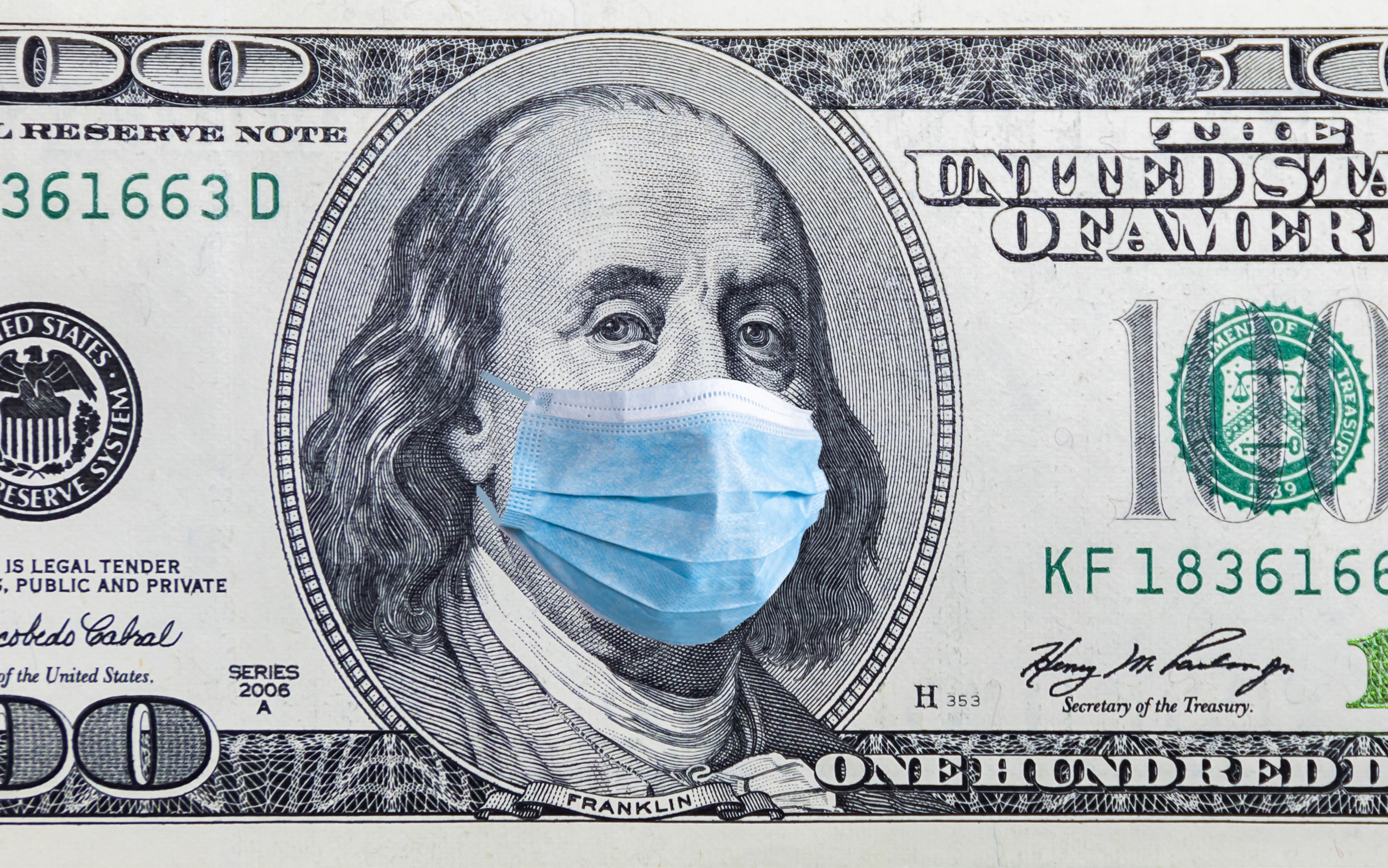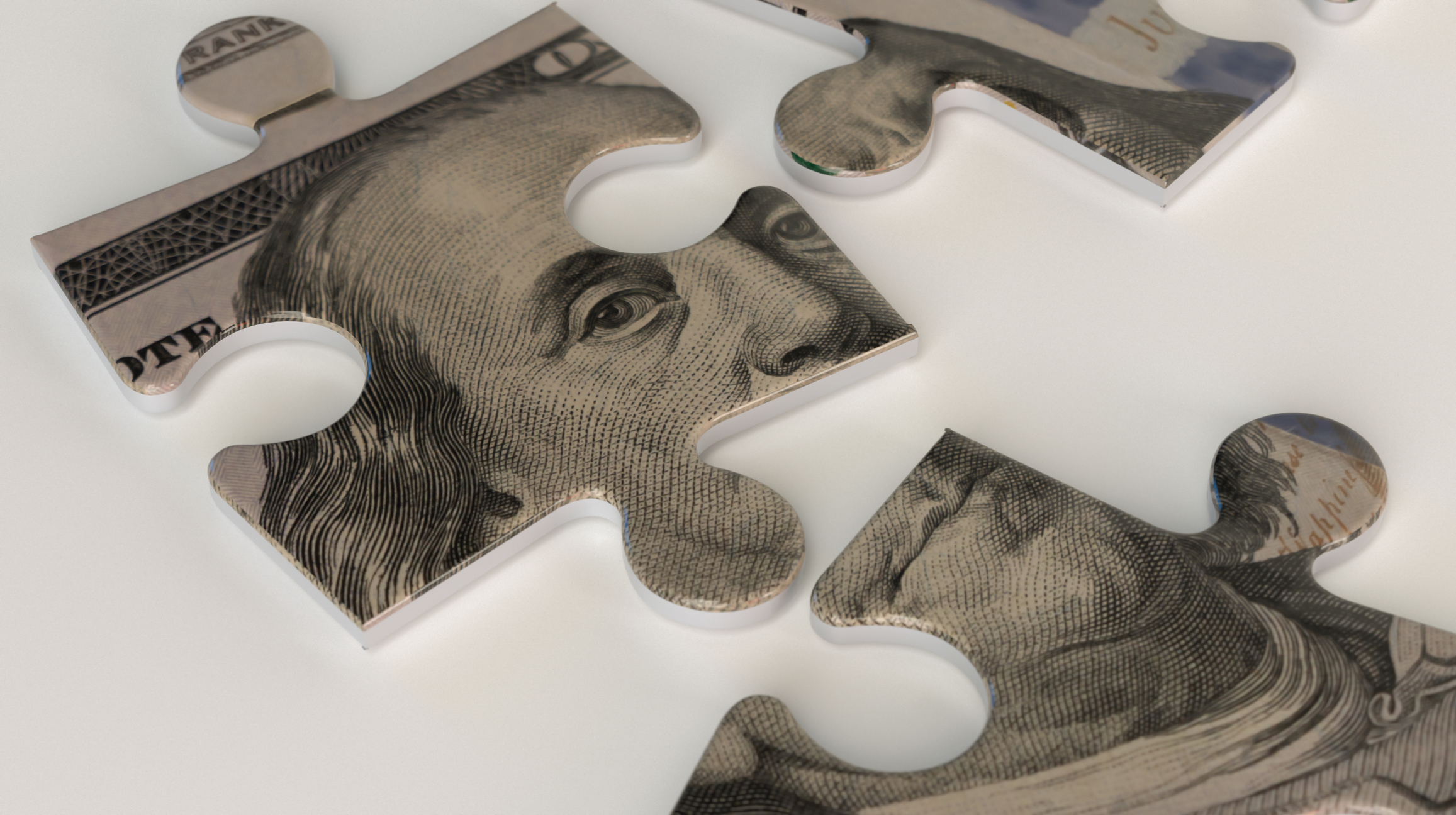How to get the coronavirus $1,200 stimulus check, and will it be enough for the average American?
Everything you need to know about the coronavirus $1200 stimulus check payment... and how far is it likely to go towards your bills

Editor's Note: We're living in unprecedented times; coronavirus has impacted us all. At Live Science, we're doing our best to cover the science behind the pandemic and keep you up to date with clear and accurate information based on data. While we don't often venture into business or economics, we believe the news about the $1,200 stimulus check is worth reporting on, so we've asked our friends at Top Ten Reviews for this piece about what you need to do to get it and whether it's enough to keep you going.
You're probably aware of the coronavirus $1,200 stimulus check, but most will be unsure about the details. New guidance published by the IRS has revealed what people must do to receive the coronavirus cash payment promised by President Donald Trump as part of the $2 trillion emergency economic package. With the majority of families across the U.S. facing up to the reality of drastically reduced incomes and millions of workers losing their jobs altogether, many will be turning to the personal loan services, or — if things get really bad — payday loans for dangerous short-term, high-interest borrowing.
At the same time, however, the coronavirus stimulus check — which could be worth up to $1,200 to individuals — is set to provide a timely financial boost. But who will be eligible for the payment?; how much can they expect to receive?; and when will it be paid? Questions are also being raised as to whether the payment will be enough to support household finances against the impact of a pandemic that has no final end date, and has already caused immeasurable damage to what was previously one of the strongest economies in the world.
Who is eligible for the $1,200 stimulus payment?
The IRS has confirmed that US taxpayers with adjusted gross income up to $75,000 for individuals, and up to $150,000 for married couples filing joint returns, will qualify for the full respective payments of $1,200 or $2,400. Parents also receive $500 for each qualifying child ages 16 or younger.
However, for those with income above these amounts, the payment amount will be reduced by $5 for each $100 above the $75,000/$150,000 thresholds. This means that individuals who earn more than $99,000 and joint filers with a combined income of more than $198,000 with no children are not eligible for the payment at all.
Do I need to apply for the $1,200 stimulus payment?
According to the IRS, the vast majority of people do not need to take any action. This is because eligible taxpayers who have filed tax returns for either 2019 or 2018 will automatically receive the payment that they are eligible for.
For people who have already filed their 2019 tax returns, the IRS will use this information to calculate the amount due. For those who have not yet filed their return for 2019, information from their 2018 tax filing will be used.
Sign up for the Live Science daily newsletter now
Get the world’s most fascinating discoveries delivered straight to your inbox.
Anyone who has an obligation to file a tax return for 2018 and 2019 but has not yet done so is advised to file as soon as possible — and include their direct deposit banking information — so that they can receive the payment. If you need help with this, check out the best tax software for 2020.
Can I still receive the stimulus payment if I do not usually file a tax return?
The simple answer is yes. People who typically do not normally file a tax return — including low-income taxpayers, senior citizens, some veterans and individuals with disabilities — will need to file a simple tax return in order to secure their payment.
However, the U.S. Department of the Treasury and the Internal Revenue Service announced that Social Security beneficiaries who do not file tax returns will not need to file an abbreviated tax return. Payments will automatically get deposited into their bank accounts, instead.
Secretary of the Treasury, Steven T. Mnuchin explained:
“Social Security recipients who are not typically required to file a tax return do not to need [sic] take an action, and will receive their payment directly to their bank account,”
The IRS will use the information on the Form SSA-1099 and Form RRB-1099 to generate $1,200 Economic Impact Payments to Social Security recipients who did not file tax returns in 2018 or 2019. Recipients will receive these payments as a direct deposit or by paper check, just as they would normally receive their benefits.
The IRS will soon have more instructions on its coronavirus web page explaining to people in these groups how to file a 2019 tax return. The information that will be required will include their filing status, number of dependents and direct deposit bank account information.

How will the stimulus payment be made?
The payment will be deposited directly into the banking account reflected on the latest tax return filed.
For those concerned that the IRS does not have their direct deposit information, a web-based portal is being developed for individuals to provide their banking information to the IRS online, to avoid having to wait for a check in the mail.
How long will it be before the stimulus payments are made?
The IRS says that the payments will begin to be distributed within the next three weeks. For those concerned that they are yet to complete a tax return and fear missing out, the payments are set to be available throughout the rest of 2020.
How much help is the stimulus payment likely to be?
While any amount of government support is welcome, the reality is that the stimulus payment is unlikely to provide anywhere near the financial support that many Americans will need.
According to figures reported in The Guardian, the stimulus payment of $1,200 made to an individual who, when working, would normally earn on average less than $75,000 a year, will supplement their monthly expenditure for less than two weeks.
This is illustrated well by The Guardian's data editor Mona Chalabi:
For most people, it's not enough. pic.twitter.com/wAHVD8MqdaMarch 27, 2020
For couples too, who would qualify for the maximum joint payment of $2,400 if they earn less than $150,000 combined, this would also only be enough to cover less than half a month’s typical outgoings.
In the absence of significant savings to fall back on, most people will likely face some difficult financial decisions in the not-too-distant future. The low interest rate environment will make the personal loans a viable option for some, while careful evaluation of any incomings and particularly outgoings can be aided by using personal finance software. However, regardless of the cutbacks that people feel they can make, it is hard not to feel that further government support for families may be needed before the crisis has passed.
While you're here, why not check out 8 Coronavirus myths, busted by a doctor. And our warning against the worst Coronavirus scams right now.
About the author: Written by Tim Leonard, Finance Editor at Top Ten Reviews, a certified independent financial adviser who has been covering finance matters for more than 17 years.
Top Ten Reviews has provided advice to consumers for more than 17 years. It gives you the information you need to use today’s products and services to make your life better. You won’t get lost in a maze of products and jargon. You’ll find what you need, when you need it. Detailed product reviews, side-by-side comparisons, helpful buying guides, articles explaining how to get the most out of a product, and where to buy it.









